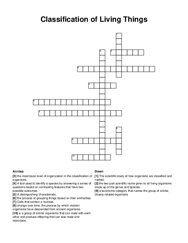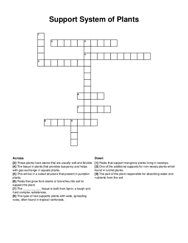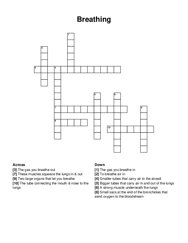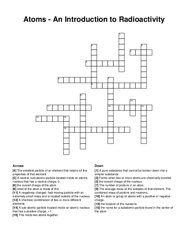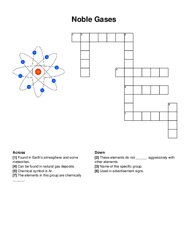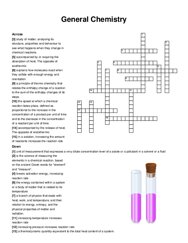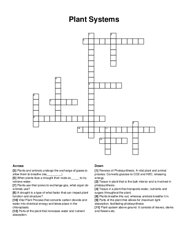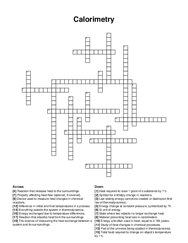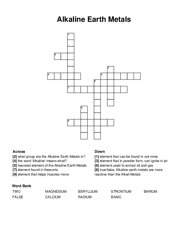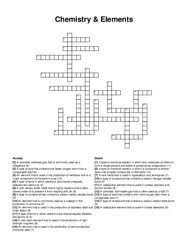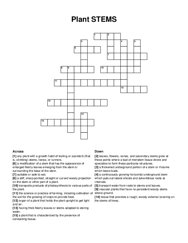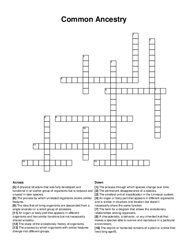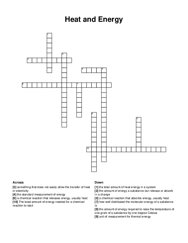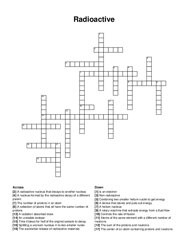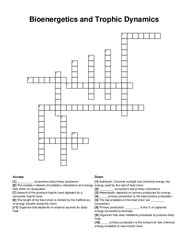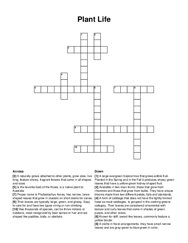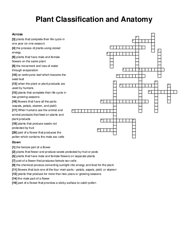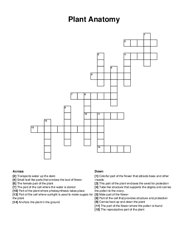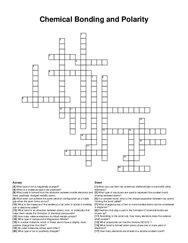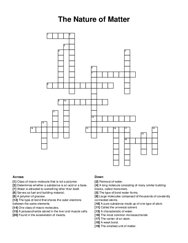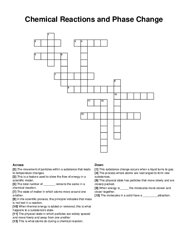Categories
- Agriculture / Farm
- Animals
- Arts / Crafts
- Beauty / Fashion
- Books / Literature
- Business / Finance
- Cities / Places
- Computers / IT
- Ecology / Climate
- Electronics
- Energy / Utilities
- Food / Drinks
- General
- Geography
- Geology
- Health / Fitness
- History
- Home / Garden
- Jobs / Education
- Kids / School
- Law / Government
- Music / Movies / TV
- News / Media
- Occasions
- Christmas
- Easter
- Halloween
- New Year
- Saint Patrick's Day
- Thanksgiving
- Valentine's Day
- Outdoors
- Religion / Belief
- Safety / Prevention
- Science
- Astronomy
- Biology
- Chemistry
- Physics
- Seasonal
- Society / Culture
- Sports
- Tools / Equipment
- Travel / Tourism
- Vehicles
Science Crossword Puzzles
Free printable science crossword puzzles. Download pre-made or create your own Crossword using our crossword maker. Simply download, print and start playing or play online.
inherited trait that helps an organism survive and reproduce in its environment, natural selection can act only on acquired _ , it occurs when all …
adapted to let nutrients through its wall, is ingested and a key part, quick release energy, smaller than the small one!, releases bile, releases the …
is a group of similar organisms that can mate with each other and produce offspring that can also mate and reproduce, the process of grouping things …
this type of root supports plants with wide, spreading roots, often found in tropical rainforests, roots that grow from stems or branches into soil to …
the tube connecting the mouth & nose to the lungs, bigger tubes that carry air in and out of the lungs, smaller tubes that carry air to the …
the smallest particle of an element that retains all the properties of that element, a chemical combination of two or more different elements, forms …
can be found in natural gas deposits, used in advertisement signs, chemical symbol is ar, found in earth's atmosphere and some meteorites, name …
bonding where valence e- are delocalized, sharing of 2 e- between 2 nonmentals, covalent molecule with uneven distribution of valence e-, elements …
a thermodynamic quantity equivalent to the total heat content of a system, the speed at which a chemical reaction takes place, defined as proportional …
vital plant process that converts carbon dioxide and water into chemical energy and takes place in the chloroplasts, reverse of photosynthesis. a …
device used to measure heat changes in chemical reactions, energy change at constant pressure; symbolized by δh, reaction that releases heat to the …
what group are the alkaline earth metals in?, element found in fireworks, element used to extract oil and gas, element that can be found in ore mine, …
a soft, silvery-white metal that is highly reactive and is often stored under oil to prevent it from reacting with air (9), a radioactive element that …
leaves, flowers, cones, and secondary stems grow at these points where a bud of meristem tissue divide and specialize to form these particular …
the idea that all living organisms are descended from a single ancestor or a small group of ancestors, the process through which species change over …
something that does not easily allow the transfer of heat or electricity, the standard measurement of energy, the amount of energy required to raise …
a radiation absorbed dose, combining two smaller helium nuclei to get energy, the number of protons in an atom, atoms of the same element with a …
the tiniest possible unit of an element, has no charge, holds protons together in the nucleus, an object that attracts iron, nickel, and cobalt, a …
heterotroph; depends on primary producers for energy, autotroph; converts sunlight and chemical energy into energy used by the rest of food chain, the …
comes from things like the sun, light bulbs and candles. it bounces off of things and allows us to see, curved mirrors that allow us to see a wider …
the distance between two identical points on a wave, a smooth surface that reflects light to form images, a line that indicates the path of light, …
a large evergreen tropical tree that grows edible fruit. planted in the spring and in the fall it produces showy green leaves that have a yellow-green …
when the plant or plant products are used by humans, when humans use the animal and animal products that feed on plants and plant products, plants …
the reproductive part of the plant, part of the cell where sunlight is used to make sugars for the plant, tube like structure that supports the stigma …
do polar molecules attract each other?, electrons that play a part in the formation of chemical bonds are known as?, what bond is an attraction …
this loop of _ is comprised of the descending and ascending limbs. bonus: also called the _ loop, precursor to urine, t/f: it is common to have …
the time when the sun first appears in the sky, the space above the earth that you can see when you look up, the round object that moves around the …
a polysaccharide stored in the liver and muscle cells, a long molecule consisting of many similar building blocks, called monomers, a pure substance …
the state of matter in which atoms move around one another, when thermal energy is added or removed, this is what happens to a substance's state, …
a negatively charged ion, reflects the relative strength of the forces holding ions together in a solid ionic compound, a chemical compound formed …


